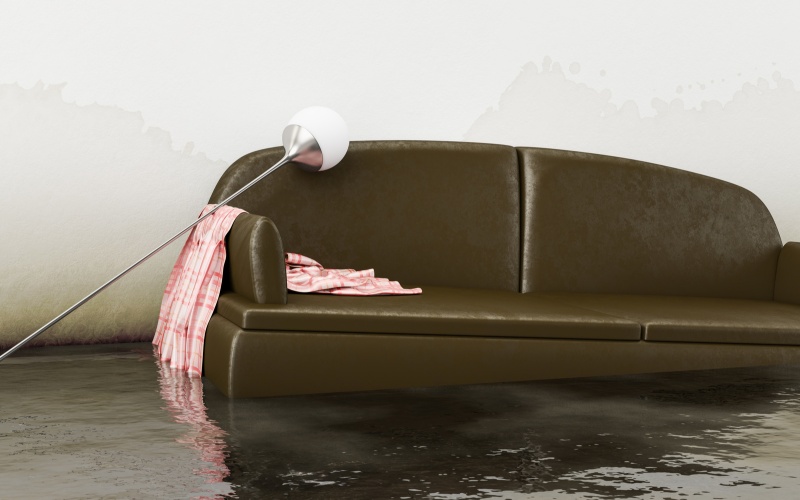The beauty industry thrives on the idea that you need dozens of products for healthy, glowing skin. From multi-step routines to expensive “miracle” creams, it’s easy to get caught in a cycle of overspending. But in reality, good skincare doesn’t have to be complicated—or costly.
By focusing on the essentials and skipping unnecessary extras, you can save money while still taking great care of your skin. Here’s how to simplify your skincare routine without sacrificing results.
Start With the Essentials Only
A healthy skincare routine really only needs three core products:
-
Cleanser – to remove dirt, oil, and makeup
-
Moisturizer – to hydrate and protect your skin barrier
-
Sunscreen – to prevent sun damage and premature aging
Everything else—serums, toners, masks, exfoliants—can be optional based on your skin type and needs. Sticking to the basics reduces costs and ensures you’re not layering unnecessary products that might irritate your skin.
Choose Multi-Tasking Products
One of the easiest ways to cut skincare costs is by using products that do more than one job. For example:
-
A moisturizer with SPF protects your skin and hydrates in one step.
-
A tinted moisturizer or BB cream can act as makeup, sunscreen, and moisturizer.
-
Cleansing oils can remove makeup and cleanse at the same time.
By replacing multiple products with a single multitasker, you save both money and time.
Avoid Falling for Trends
Every few months, a new “must-have” skincare product seems to go viral. While some may be worth the hype, many are overpriced and unnecessary for your specific skin type.
Before buying anything trendy, ask yourself:
-
Do I actually need this?
-
Does it address a real skin concern I have?
-
Could I get similar results with something I already own?
Avoid impulse purchases and stick to products that serve a purpose in your routine.
Buy Only What You’ll Use
It’s tempting to buy skincare in bulk or stock up during sales, but products have a shelf life—especially those with active ingredients like vitamin C or retinol. Using expired products can reduce effectiveness or even cause irritation.
Buy smaller sizes if you’re trying something new, and avoid keeping too many open products at once. This ensures you’re using every drop and not throwing away half-full bottles.
Skip Overlapping Ingredients
Using multiple products with the same active ingredient doesn’t necessarily mean better results—it can actually waste money and cause irritation.
For example:
-
If your serum already contains hyaluronic acid, you may not need a moisturizer with it as well.
ADVERTISEMENT -
If your night cream has retinol, you don’t need a separate retinol serum.
Read ingredient lists carefully and streamline your products to avoid paying for duplicates.
Stick to Affordable, Effective Brands
Luxury skincare isn’t always better. Many drugstore brands use the same active ingredients as high-end ones at a fraction of the price.
Look for products with proven, science-backed ingredients rather than flashy packaging or celebrity endorsements. Brands like CeraVe, Neutrogena, and The Ordinary have built strong reputations for offering quality products without the luxury price tag.
Limit Professional Treatments
While spa facials and in-office treatments can feel luxurious, they can also be costly—especially when booked regularly. Instead, focus on maintaining a consistent at-home routine and book professional treatments only for special occasions or specific skin issues.
If you do get treatments, ask your provider for aftercare advice and product recommendations that work within your budget so you can maintain results longer.
Use Products for Multiple Purposes
Sometimes the best skincare hacks are about repurposing what you already have.
Examples:
-
A gentle moisturizer can double as an eye cream.
-
A hydrating balm can be used on lips, cuticles, and dry patches.
-
A mild facial cleanser can work as a body wash for sensitive skin.
These simple swaps keep your skincare drawer uncluttered and your expenses low.
Be Consistent Instead of Expansive
The most effective skincare routine is one you’ll actually follow. Consistency matters far more than having 10 different products. Using a simple, three- or four-step routine daily will give you better results than sporadically using a long, expensive regimen.
By sticking to a manageable routine, you avoid wasting products that sit unused for months.
Avoid Over-Exfoliating
Exfoliating too often can damage your skin barrier and lead to more spending on products to repair the damage. You don’t need multiple scrubs, acids, and peels in your routine.
For most people, exfoliating 1–3 times a week is enough. Pick one gentle exfoliant that works for your skin and skip the rest.
Store Products Properly
If your products degrade quickly, you’ll spend more replacing them. Keep skincare away from direct sunlight, humidity, and heat. Some active ingredients—like vitamin C and retinol—last longer when stored in opaque containers or in a cool, dark place.
Proper storage means you get the most value out of every product you buy.
Track What Works (and What Doesn’t)
If you’ve been buying new products without seeing results, it’s time to evaluate. Keep a simple skincare journal to track which products work and which are unnecessary.
By identifying your skin’s true needs, you avoid buying products that won’t make a difference. Over time, this can save you hundreds of dollars.
Simplifying your skincare routine doesn’t mean settling for less—it means focusing on what truly works for your skin. By cutting out unnecessary products, avoiding trendy splurges, and sticking to multi-purpose essentials, you can keep your skin healthy and your wallet happy.
The best routine is one that’s effective, affordable, and sustainable over time. Once you find the right balance, you’ll see that great skincare doesn’t have to be expensive or complicated.




